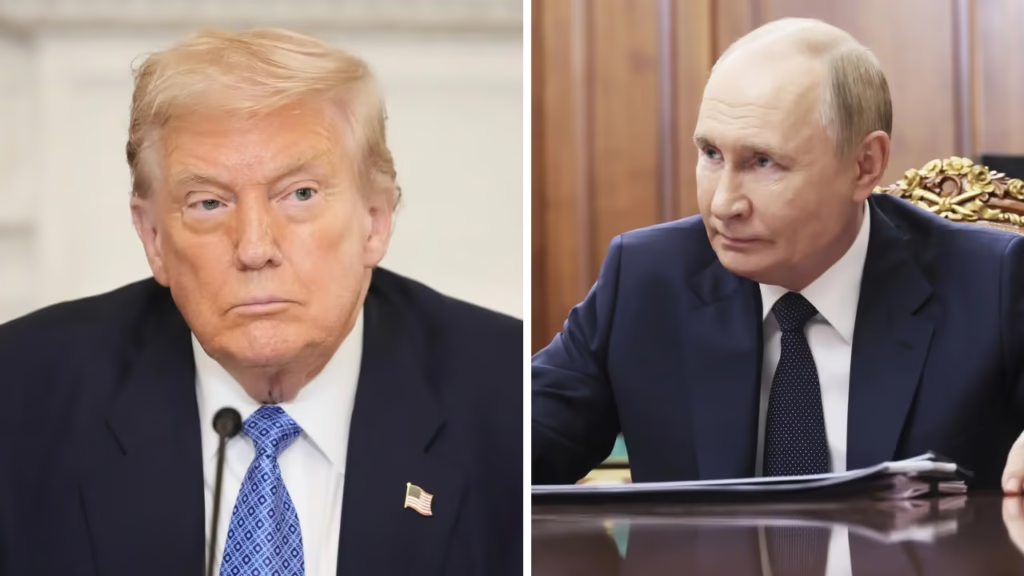Putin’s Demand for Eastern Ukraine
Vladimir Putin is set to meet with Donald Trump in Alaska on August 15, 2025, with the primary agenda being the negotiation of a potential resolution to the ongoing Russia-Ukraine conflict. Central to these discussions is Putin’s demand for control over eastern Ukraine, specifically targeting the regions of Luhansk, Donetsk, Zaporizhzhia, and Kherson. This demand is part of a broader strategy by Russia to gain global recognition of its territorial claims in exchange for agreeing to a ceasefire.
The Alaska Summit: A Critical Diplomatic Engagement
The meeting between Trump and Putin in Alaska represents a significant diplomatic engagement aimed at addressing the protracted conflict that has had far-reaching implications for international relations. The potential for territory swaps as part of any peace agreement underscores the complexity and sensitivity of the negotiations. Both leaders are expected to explore various avenues to achieve a sustainable peace deal that could reshape the geopolitical landscape.
Implications of Territorial Concessions
The prospect of territorial concessions raises critical questions about the future sovereignty and territorial integrity of Ukraine. The regions in question have been at the heart of intense military and political struggles, making their potential transfer a contentious issue. The outcome of these negotiations could set a precedent for how international conflicts involving territorial disputes are resolved in the future.
Global Recognition and Ceasefire Prospects
Putin’s insistence on global recognition of Russia’s claims highlights the strategic importance he places on legitimizing Russia’s position on the world stage. A ceasefire contingent upon such recognition would not only impact Ukraine but also influence international diplomatic norms and alliances. As Trump anticipates territory swaps, the world watches closely to see how these high-stakes negotiations unfold and what they mean for global peace efforts.
